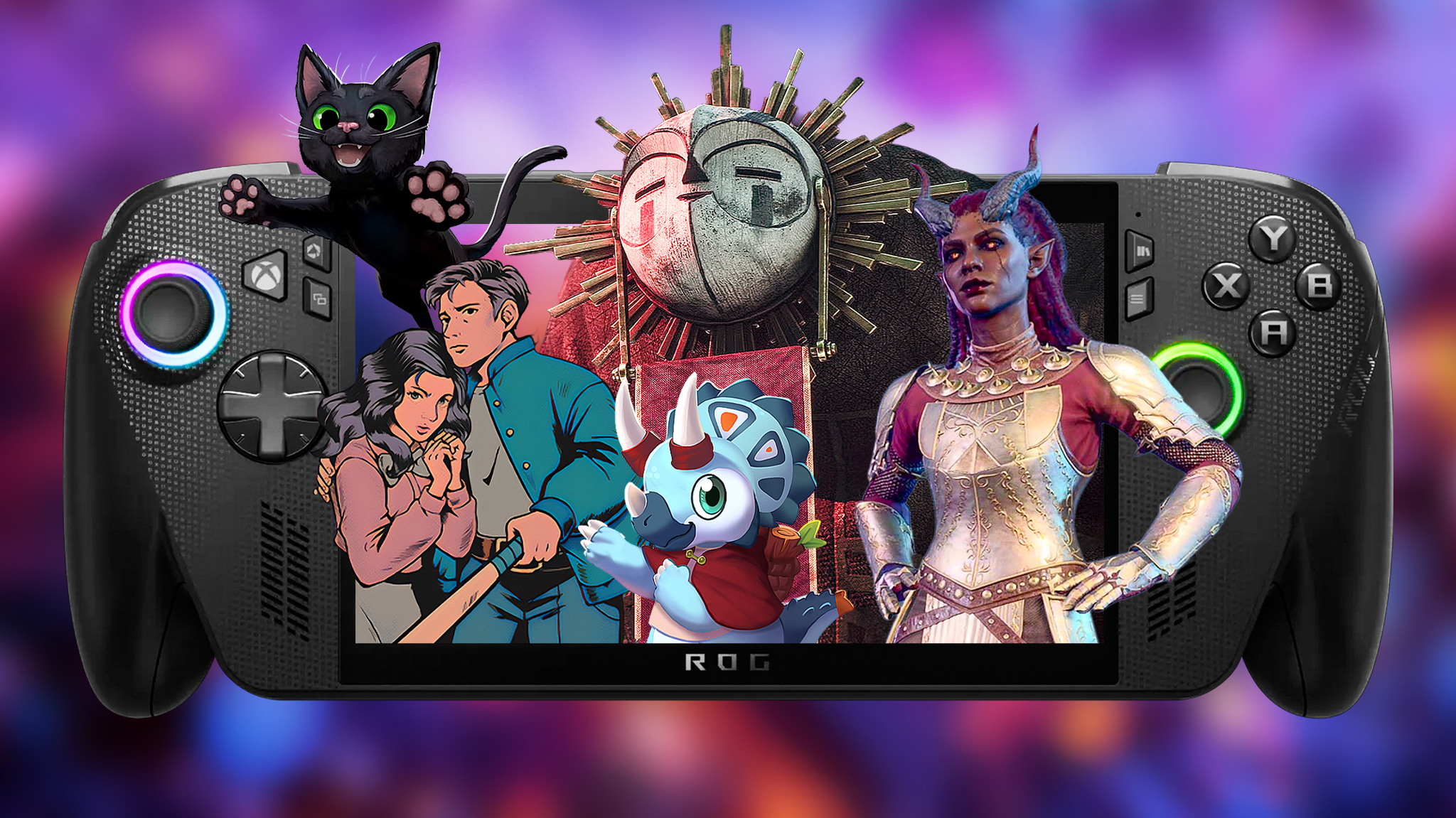What does the future hold for Windows if it isn't Windows 10X?
What's next for Windows, now that Windows 10X is on ice.
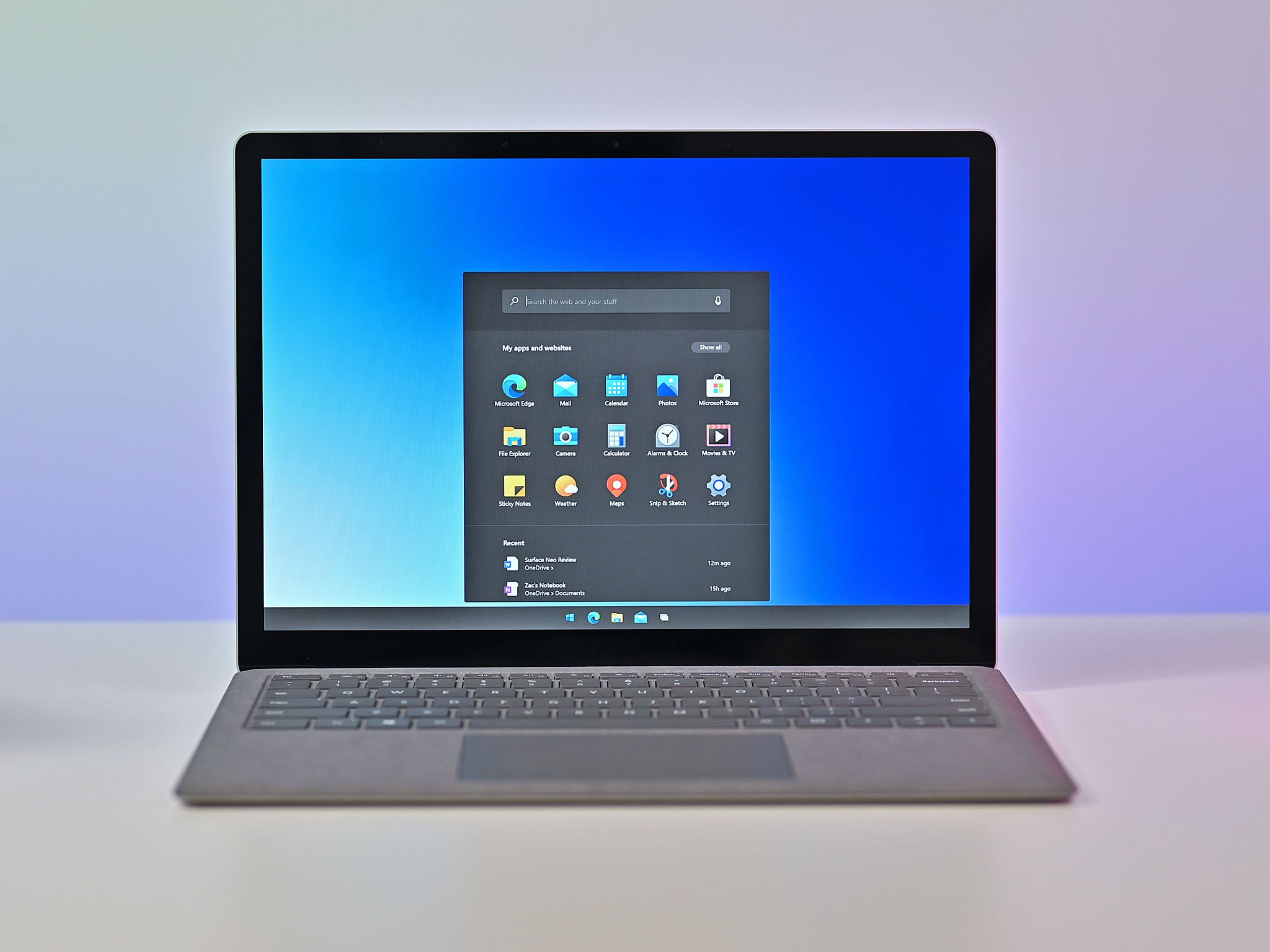
With recent reports revealing that Microsoft has put Windows 10X on the backburner, the question around what the future looks like for Windows is more apparent than ever. Windows 10X was supposed to lay the foundation for the next generation of Windows, but with the project no longer happening, where does that leave Windows as a whole?
It's fair to say that Windows Desktop, while versatile and incredible in its own ways, is not a modern OS. It's a platform built on a codebase spanning decades, and still relevant today to over 1.3 billion users. That said, rival platforms like iPadOS and Chrome OS are much more modern, lightweight, secure, and easier to update, positioning each as increasingly popular as PC replacements.
Windows 10X was Microsoft's answer to these platforms. As modern workflows continue to evolve, Windows needs to stay current with user experience (UX) trends and technical advances, where Windows Desktop has fallen short. Maintaining that legacy baggage is important, but it typically comes at the cost of platform and UX innovation.
For example, most modern platforms are partitioned up in a way that enhances security and updates. The end-user isn't able to access system files by default, and third-party apps are installed into a separate partition, unable to access sensitive files or data without the correct permissions.
Windows Desktop has none of that. The entire OS stack is installed into one partition and everything has access to everything. This is what makes Windows an "open platform," as end-users and third-party apps can do whatever they want, but it comes at the cost of security and ease of updates. It causes further troubles, allowing malware to access OS and user files with little effort.
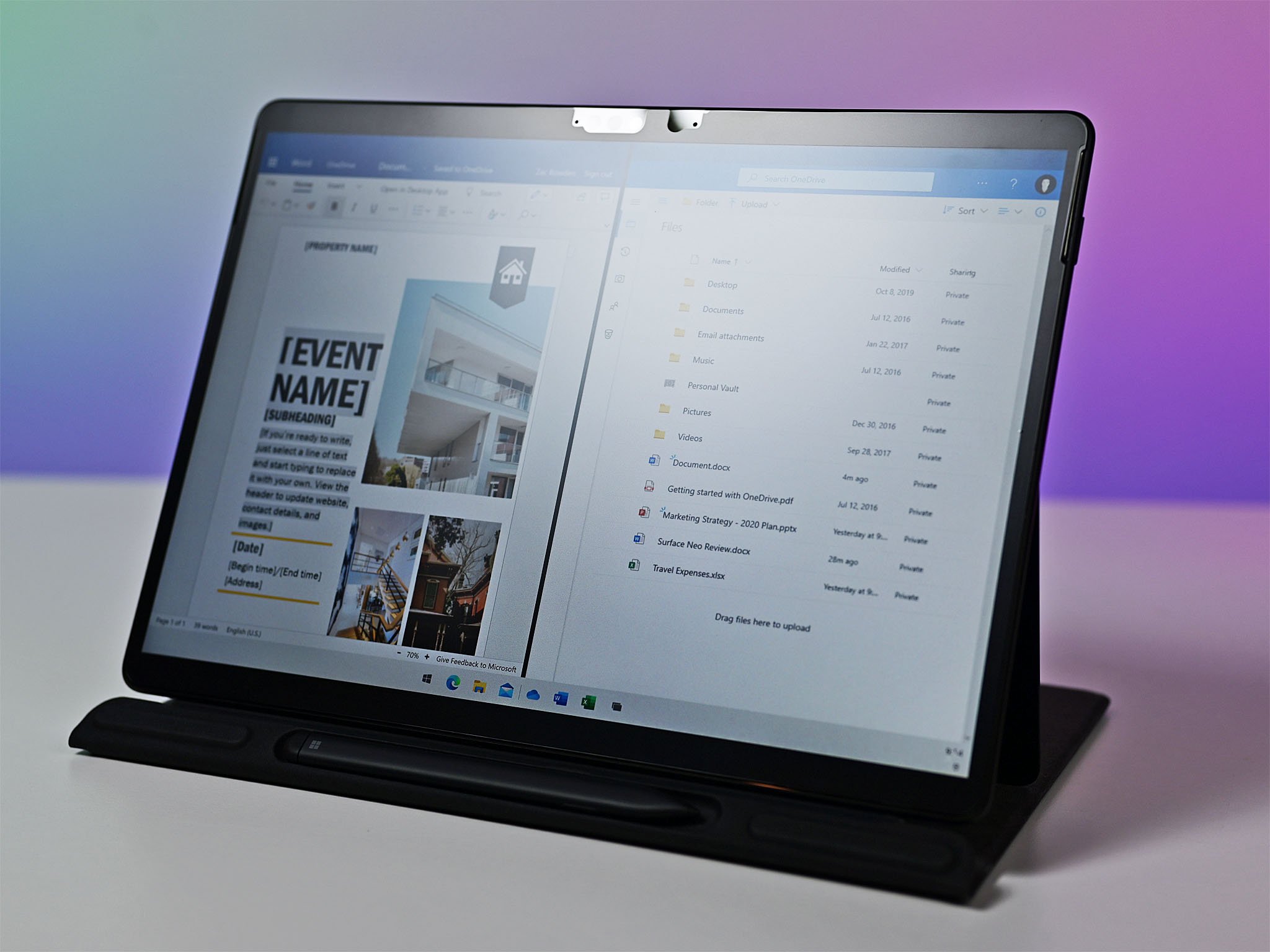
Microsoft was able to introduce modern OS platform changes with Windows 10X that it couldn't do on Windows 10.
Windows 10X was where Microsoft was able to introduce these platform innovations, locking away important OS files and user data into their own partitions. It also allowed Microsoft to improve Windows Update, meaning new feature releases take a few seconds, just like on Android or Chrome OS.
Performance and OS size is another key benefit of modern operating systems over Windows Desktop. A modern OS will often perform better on the same hardware compared to Windows Desktop, which is a much heavier OS in comparison. It's also much larger, taking up dozens of gigabytes on a disk drive. Windows 10X typically takes up less than 10GB.
All the latest news, reviews, and guides for Windows and Xbox diehards.
Windows 10X is a product that sits in top of a modern reworking of the Windows codebase called Windows Core OS (WCOS.) It's something Microsoft has been building for many years, and is a modular and lightweight Windows core designed for future computing devices. It's what powers HoloLens 2, and was going to power PCs with Windows 10X.
But with Windows 10X on the backburner, these platform innovations are no longer coming to PCs as they were developed with Windows Core OS in mind, not Windows Desktop. So, what's next for Windows, and what happens to all the resources and time spent building Windows 10X? Let's speculate.
What's next for Windows?
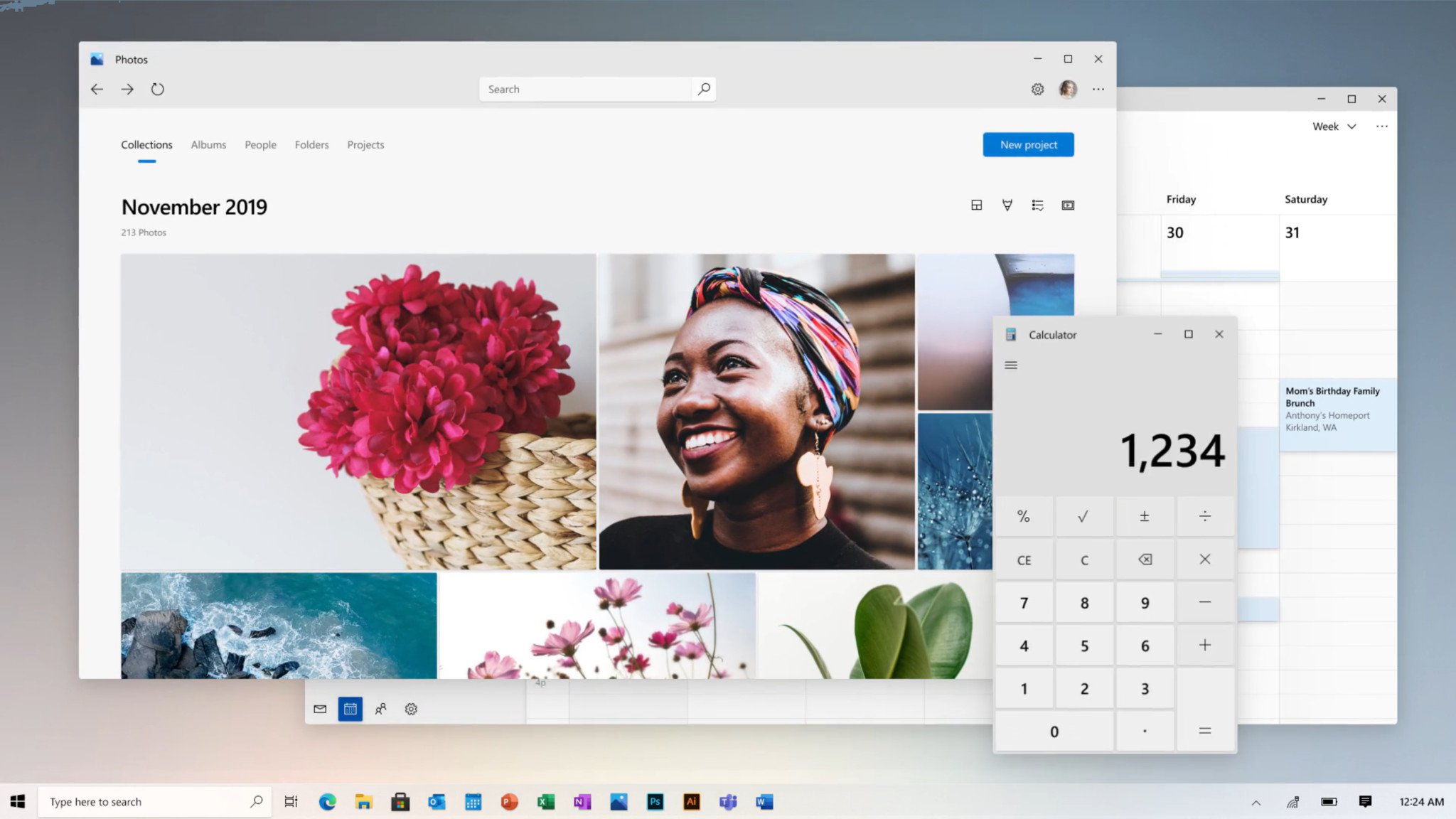
The immediate future for Windows is actually quite exciting. Microsoft has some big plans for Windows Desktop this fall that involves a major rejuvenation of the Windows UX. This will introduce new icons, sounds, animations, app designs, and shell features under an effort codenamed Sun Valley, designed to give the impression of a new Windows.
Windows is in dire need of a visual refresh to keep it current in a world driven by modern platforms. Microsoft wants to make Windows easier to use, better with touch and pen, and more personal and productive, all welcome changes on Windows Desktop.
But what's beyond Sun Valley? The answer is less obvious. I think we'll see Microsoft continue to embrace the "openness" of Windows Desktop. You can already run Linux apps on Windows with the Windows Subsystem for Linux, and they could easily expand that to support Android apps too. In fact, we know Microsoft is at least considering it with "Project Latte."
Microsoft wants Windows Desktop to be the de-facto platform for computing. Whether that be legacy Windows apps, modern Windows apps, web apps, Linux apps, and maybe even Android apps in the future. Microsoft is continuing work on Windows Desktop for years to come, and I'm sure it's looking to bring over more under the hood innovations from Windows 10X / Core OS too.
Windows 10X exists as it's incredibly hard to retroactively add under the hood platform innovations to the existing version of Windows Desktop. It was easier for Microsoft to rework the entire Windows core with Windows Core OS and build a modern version of Windows. with platform innovations built right in.
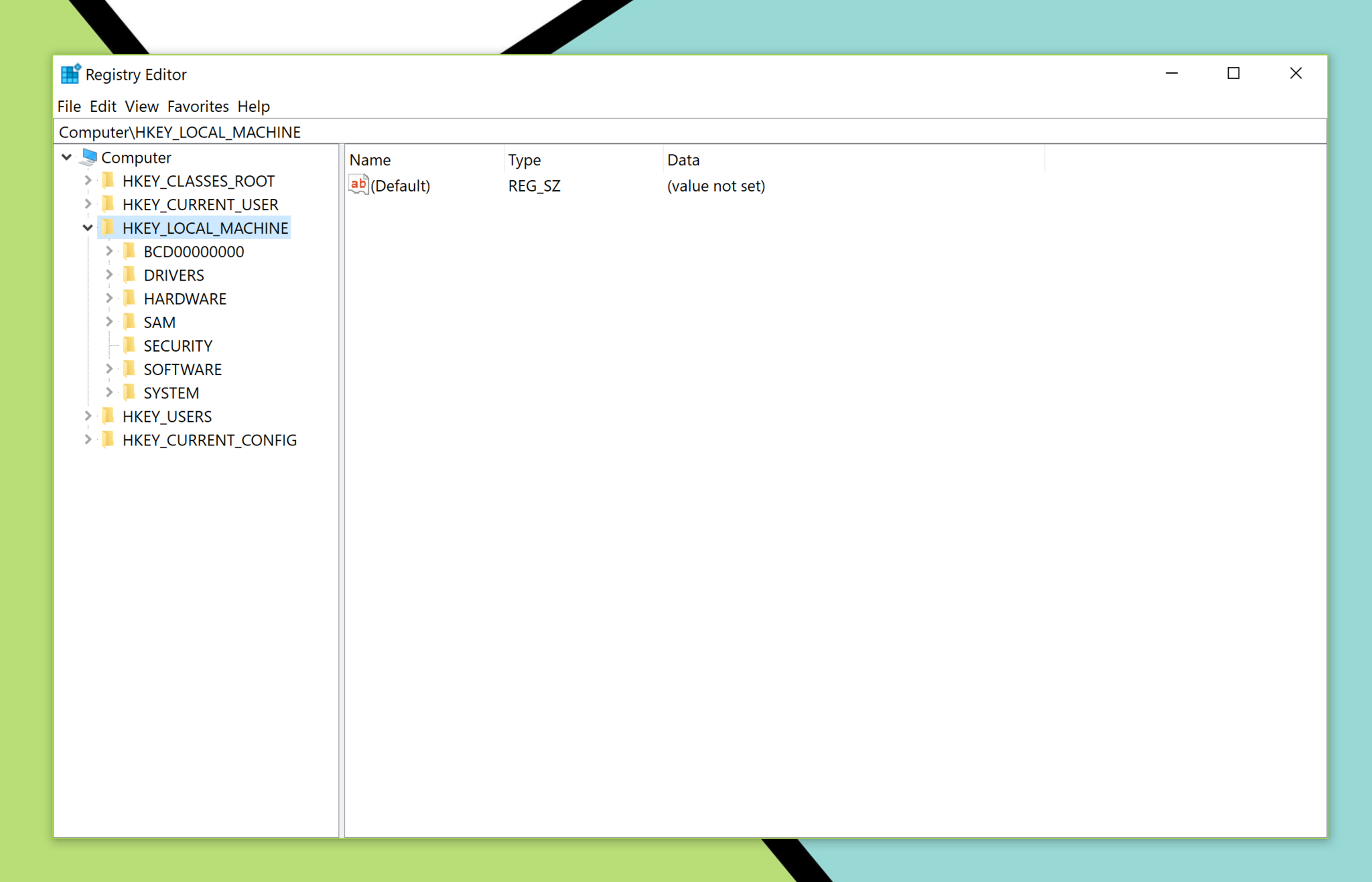
Windows Desktop will always be a legacy-driven OS.
Introducing platform changes like system-wide Win32 app containerization or OS state separation could break compatibility with some legacy apps or code. As always, Microsoft's commitment to legacy app support is its greatest ally and greatest curse. That said, I do think Microsoft will try to turn Windows Desktop into something of a hybrid between Core OS and Legacy Windows where it can. The question is, where can it?
Windows Desktop will always have a place on the market, as there will always be a need for legacy Windows apps. But it will never be an operating system that can carry Microsoft into the more mobile, unique, and futuristic device form factors that don't yet exist. Microsoft needs an adaptable, lightweight, and secure version of Windows, and that's what Windows Core OS delivers.
I think we're going to see WCOS used sparingly going forward. Microsoft considered it the future of Windows for all devices at one point, but that dream is untenable given Microsoft's commitment to legacy app support. So instead, I think WCOS will become the default choice for new form factors where legacy Windows apps aren't obviously necessary, just like HoloLens 2.
But right now, Microsoft's focus is where its users are: Windows Desktop, and it wants to make Windows Desktop feel as modern as possible for the best Windows laptops, desktops, and tablets out there. A new UX with new features and a fresh coat of paint is what Windows Desktop needs right now, so it makes sense that Microsoft is prioritizing the required work.
Windows is exciting again. Even with Windows 10X on the backburner, I think the next couple of years are going to be remarkably interesting for Windows fans. What are your thoughts? Do you think Windows 10X is more important than Windows Desktop? Let us know in the comments.

